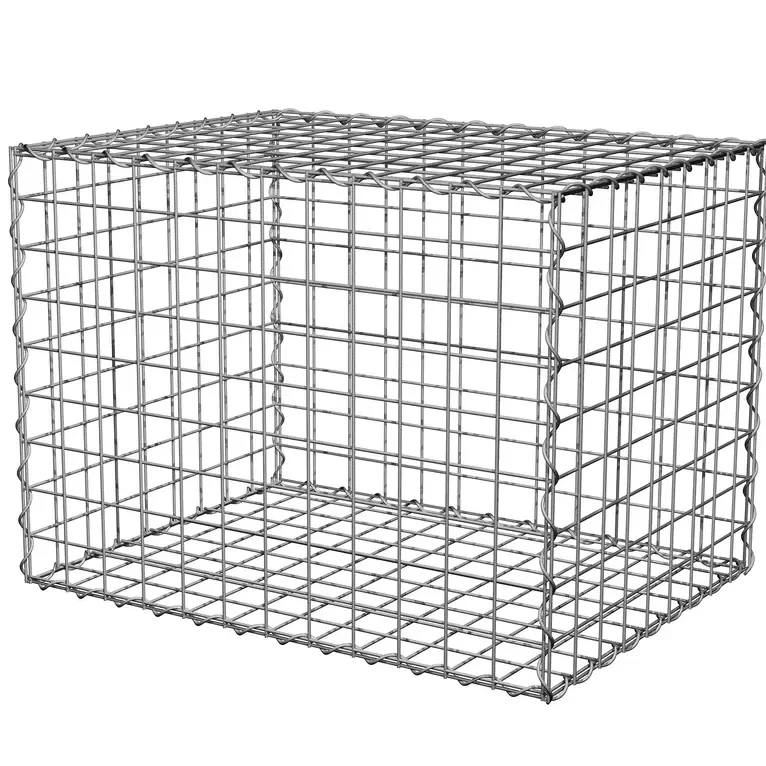-
 Afrikaans
Afrikaans -
 Albanian
Albanian -
 Amharic
Amharic -
 Arabic
Arabic -
 Armenian
Armenian -
 Azerbaijani
Azerbaijani -
 Basque
Basque -
 Belarusian
Belarusian -
 Bengali
Bengali -
 Bosnian
Bosnian -
 Bulgarian
Bulgarian -
 Catalan
Catalan -
 Cebuano
Cebuano -
 China
China -
 Corsican
Corsican -
 Croatian
Croatian -
 Czech
Czech -
 Danish
Danish -
 Dutch
Dutch -
 English
English -
 Esperanto
Esperanto -
 Estonian
Estonian -
 Finnish
Finnish -
 French
French -
 Frisian
Frisian -
 Galician
Galician -
 Georgian
Georgian -
 German
German -
 Greek
Greek -
 Gujarati
Gujarati -
 Haitian Creole
Haitian Creole -
 hausa
hausa -
 hawaiian
hawaiian -
 Hebrew
Hebrew -
 Hindi
Hindi -
 Miao
Miao -
 Hungarian
Hungarian -
 Icelandic
Icelandic -
 igbo
igbo -
 Indonesian
Indonesian -
 irish
irish -
 Italian
Italian -
 Japanese
Japanese -
 Javanese
Javanese -
 Kannada
Kannada -
 kazakh
kazakh -
 Khmer
Khmer -
 Rwandese
Rwandese -
 Korean
Korean -
 Kurdish
Kurdish -
 Kyrgyz
Kyrgyz -
 Lao
Lao -
 Latin
Latin -
 Latvian
Latvian -
 Lithuanian
Lithuanian -
 Luxembourgish
Luxembourgish -
 Macedonian
Macedonian -
 Malgashi
Malgashi -
 Malay
Malay -
 Malayalam
Malayalam -
 Maltese
Maltese -
 Maori
Maori -
 Marathi
Marathi -
 Mongolian
Mongolian -
 Myanmar
Myanmar -
 Nepali
Nepali -
 Norwegian
Norwegian -
 Norwegian
Norwegian -
 Occitan
Occitan -
 Pashto
Pashto -
 Persian
Persian -
 Polish
Polish -
 Portuguese
Portuguese -
 Punjabi
Punjabi -
 Romanian
Romanian -
 Russian
Russian -
 Samoan
Samoan -
 Scottish Gaelic
Scottish Gaelic -
 Serbian
Serbian -
 Sesotho
Sesotho -
 Shona
Shona -
 Sindhi
Sindhi -
 Sinhala
Sinhala -
 Slovak
Slovak -
 Slovenian
Slovenian -
 Somali
Somali -
 Spanish
Spanish -
 Sundanese
Sundanese -
 Swahili
Swahili -
 Swedish
Swedish -
 Tagalog
Tagalog -
 Tajik
Tajik -
 Tamil
Tamil -
 Tatar
Tatar -
 Telugu
Telugu -
 Thai
Thai -
 Turkish
Turkish -
 Turkmen
Turkmen -
 Ukrainian
Ukrainian -
 Urdu
Urdu -
 Uighur
Uighur -
 Uzbek
Uzbek -
 Vietnamese
Vietnamese -
 Welsh
Welsh -
 Bantu
Bantu -
 Yiddish
Yiddish -
 Yoruba
Yoruba -
 Zulu
Zulu
Insect Habitats with Optimal Cage Mesh Design for Ideal Bug Environments
The Significance of Insect Cage Mesh in Research and Conservation
Insects form an essential component of our ecosystem, playing vital roles as pollinators, decomposers, and food sources for various wildlife. However, studying these small creatures often presents unique challenges due to their fragile nature and tendency to escape containment. This is where insect cage mesh comes into play, offering a practical solution for entomologists, researchers, and conservationists alike.
Insect cage mesh refers to fine mesh enclosures designed specifically to hold live insects for observational and experimental purposes. These cages are typically constructed from lightweight materials, such as fiberglass or stainless steel, with openings vast enough to allow airflow while being small enough to prevent insects from escaping. The careful design of the meshes ensures that insects can be studied in their natural behaviors without the risk of losing valuable specimens.
One of the primary applications of insect cage mesh is in ecological research. Scientists often require live specimens to understand behaviors such as mating, feeding, and interactions with other species. For instance, researchers studying pollinators use mesh cages to observe the effects of environmental changes on bees and butterflies' foraging behavior, which ultimately contributes to understanding the broader implications of these changes on ecosystem health. The ability to create controlled environments with these cages allows researchers to simulate different conditions and gather data in a systematic manner.
insect cage mesh

Insect cage mesh is also crucial in conservation efforts. Many insect species face threats from habitat loss, climate change, and pesticides. By using insect cages for captive breeding programs, conservationists can help stabilize dwindling populations. For example, they can collect eggs or larvae from the wild and rear them in a secure mesh environment until they reach maturity. This method not only protects the insects from predators and environmental hazards but also allows for breeding programs aimed at reintroducing them into their natural habitats. In this way, insect cage mesh becomes a vital tool in the effort to preserve biodiversity.
Furthermore, insect cage mesh plays a significant role in education and outreach. Schools and universities use these cages in entomology classes to provide students with hands-on experience studying live insects. This interactive approach enhances learning and can spark interest in entomology and environmental science. Specialized insect cages allow educational institutions to create controlled environments where students can observe life cycles, behaviors, and the environmental impacts of various species, fostering a greater appreciation for these often-overlooked creatures.
In addition to research and conservation, insect cage mesh has applications in agriculture. Farmers and agricultural scientists use these cages to conduct experiments on pest behavior and the effectiveness of biological control agents. By isolating specific insect populations, researchers can better understand their interactions with crops, enabling the development of integrated pest management strategies that reduce reliance on chemical pesticides.
In conclusion, insect cage mesh serves as a fundamental tool in various fields related to ecology, conservation, education, and agriculture. Its utility in creating secure environments for live insect study facilitates critical research while contributing to biodiversity preservation efforts. As we strive to understand and protect the intricate relationships within our ecosystems, the role of insect cage mesh becomes increasingly important. By continuing to explore and improve upon these enclosures, researchers, educators, and conservationists can ensure a brighter future for our planet's invaluable insect populations.
-
Shipping Plastic Bags for Every NeedNewsJul.24,2025
-
Safety Netting: Your Shield in ConstructionNewsJul.24,2025
-
Plastic Mesh Netting for Everyday UseNewsJul.24,2025
-
Nylon Netting for Every UseNewsJul.24,2025
-
Mesh Breeder Box for Fish TanksNewsJul.24,2025
-
Expanded Steel Mesh Offers Durable VersatilityNewsJul.24,2025











